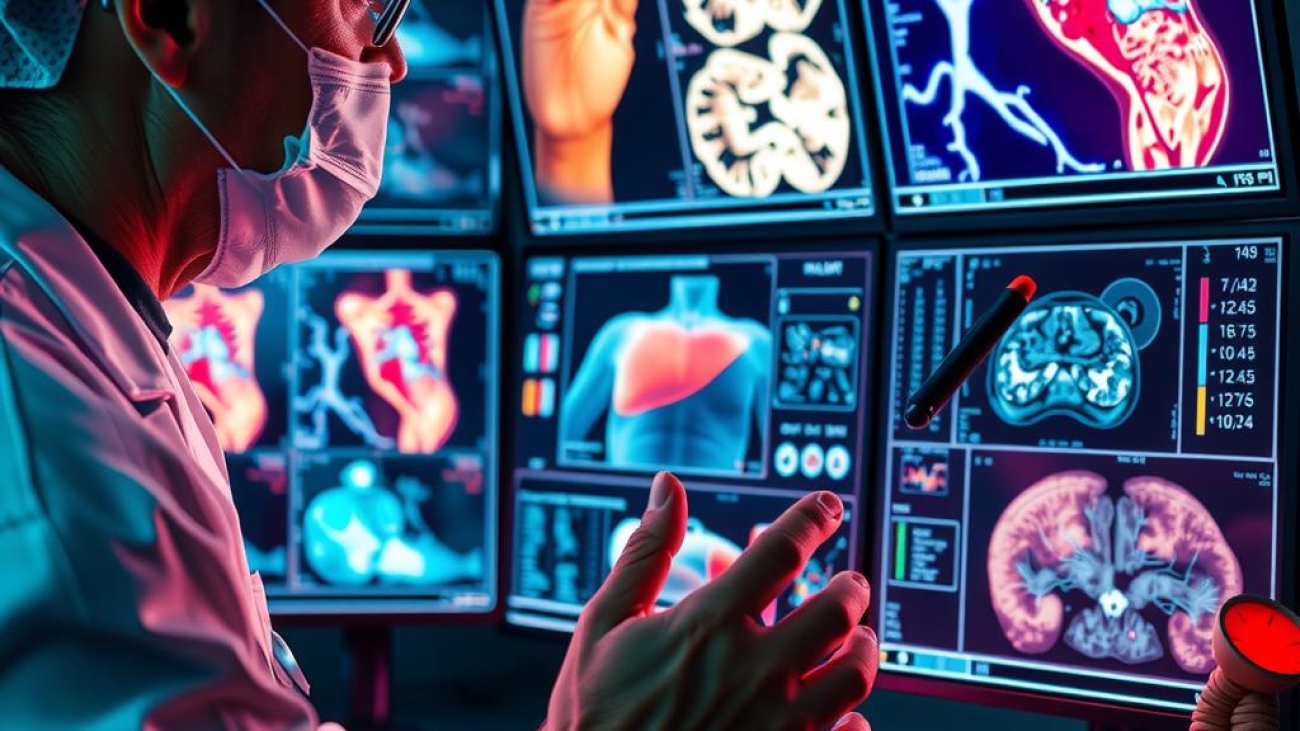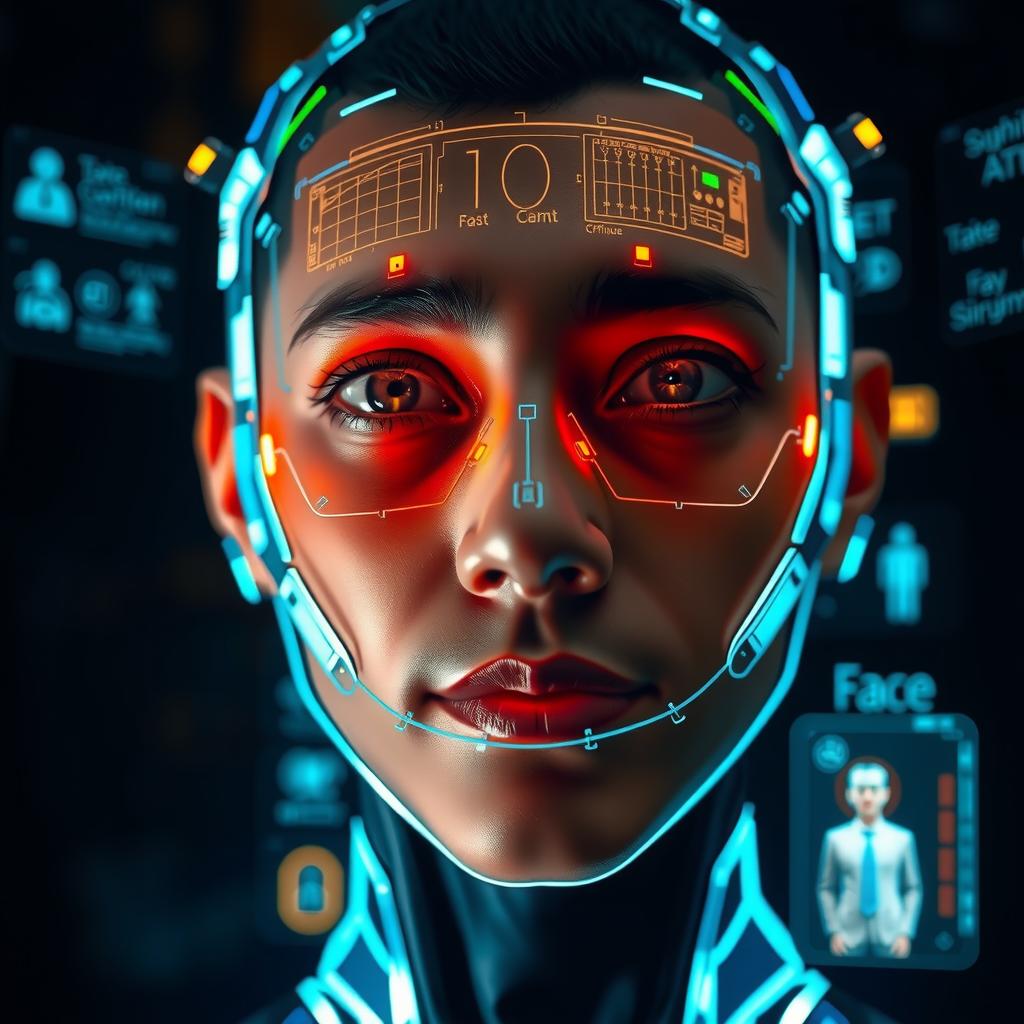In an increasingly globalized marketplace, businesses face the challenge of catering to a diverse customer base that speaks multiple languages. How can companies ensure that they are providing exceptional customer service without overwhelming their support teams? The answer lies in the innovative realm of multilingual chatbots, particularly those powered by advanced AI like GPT. These intelligent systems not only streamline communication but also enhance user engagement across language barriers, offering personalized and efficient responses tailored to each customer’s needs.
The core value of implementing such technology solutions is evident: organizations can significantly improve their customer experience while reducing operational costs associated with traditional language support methods. By utilizing automated responses through multilingual chatbots, businesses can respond instantly to inquiries from clients around the world, regardless of linguistic differences. This capability not only fosters a sense of inclusivity among customers but also builds trust and loyalty toward the brand.
As companies consider chatbot implementation strategies, it becomes imperative to explore how tools like GPT facilitate seamless interactions in various languages. With its sophisticated understanding and processing abilities, GPT enables chatbots to engage users effectively, ensuring clarity in communication and satisfaction in service delivery. Embracing this technology opens up avenues for enhanced productivity within customer service departments while delivering consistent support no matter what time zone or language preference is involved.
This article delves into the practical steps necessary for integrating multilingual capabilities into existing customer support systems using AI-powered solutions like GPT. Readers will learn about best practices for deployment, tips on optimizing user interactions across different languages, and insights on measuring success post-implementation. As organizations embark on this journey towards adopting cutting-edge chatbot technologies that prioritize effective communication across linguistic divides, they position themselves at the forefront of a new era where AI transcends mere functionality—transforming it into a critical driver of business growth and customer satisfaction.
By exploring these aspects further throughout this blog post, readers will discover how leveraging GPT’s capabilities can transform their approach to multilingual support systems while enhancing overall operational efficiency in the realm of customer service.

Key Points:
-
Multilingual Chatbots for Global Engagement: Businesses can effectively engage customers across different languages using multilingual chatbots. These advanced systems leverage AI support, particularly through the capabilities of GPT, to provide seamless communication in users’ preferred languages, enhancing overall customer interactions.
-
Efficiency Through Automated Responses: The integration of GPT-powered chatbots significantly streamlines customer service processes. By automating responses tailored to individual preferences, organizations improve operational workflows while ensuring that clients receive prompt and personalized assistance regardless of their linguistic background.
-
Best Practices for Successful Implementation: To maximize the potential of multilingual chatbot implementation, businesses must focus on best practices such as proper training of the AI models and regular updates based on user feedback. Utilizing technologies like GPT, companies can overcome common deployment challenges and foster enhanced user engagement that cultivates loyalty among diverse customer demographics.

The Global Landscape: A Need for Linguistic Diversity
Understanding the Shift Towards Multilingual Customer Support
In today’s interconnected world, businesses are no longer limited by geographical boundaries. As companies expand into diverse markets, they encounter customers from various linguistic backgrounds. This shift has made it imperative for organizations to embrace multilingual customer service as a core component of their business strategy. By catering to the unique linguistic needs of their clientele, companies can significantly enhance user engagement and overall customer experience. With technology solutions such as automated responses powered by AI support systems like GPT, businesses can efficiently address inquiries in multiple languages without compromising on quality or responsiveness. Furthermore, offering services in a customer’s native language fosters trust and loyalty, encouraging repeat business and positive word-of-mouth referrals that are invaluable in today’s competitive marketplace.
Bridging Communication Gaps
The Role of Technology in Multilingual Service Delivery
The integration of advanced technologies has revolutionized how businesses manage customer interactions across different languages. One notable development is the implementation of multilingual chatbots that utilize sophisticated algorithms to provide real-time assistance to users globally. These AI-driven solutions not only streamline communication but also ensure that responses resonate with customers culturally and contextually—a feat often unattainable through traditional means alone. For instance, when utilizing GPT for chatbot implementation, organizations can offer tailored experiences that adapt based on individual user preferences and previous interactions, thereby enhancing satisfaction levels among diverse audiences. Companies adopting this innovative approach will find themselves at a significant advantage as they navigate an increasingly complex global market where effective communication is paramount.
Enhancing Customer Engagement
Creating Personalized Experiences Through Language Support
A critical factor influencing customer retention is the ability to create personalized experiences tailored specifically to each user’s needs—this includes linguistic preferences. Utilizing tools such as GPT, which excels at generating human-like text across numerous languages, allows companies to deliver customized content effectively while maintaining high standards of communication clarity and relevance. This level of personalization not only improves response times through efficient handling of inquiries but also elevates the perceived value customers place on brands willing to invest in comprehensive language support strategies. In essence, embracing these technological advancements enables organizations not just to meet basic service requirements but also exceed expectations by cultivating deeper connections with their audience through meaningful dialogue.
Driving Competitive Advantage
Leveraging Multilingual Capability for Business Growth
As globalization continues its relentless march forward, distinguishing oneself from competitors becomes increasingly challenging yet crucial for sustained success within any industry verticals worldwide; hence why investing resources into developing robust multilingual capabilities should be seen less as optional luxury—and more essential strategic priority! Businesses leveraging cutting-edge technologies like automated chatbots integrated with powerful models such as GPT stand poised not merely survive amidst fierce competition—but thrive! By ensuring seamless access across various languages while simultaneously empowering teams equipped capable responding promptly addressing concerns raised clients regardless where situated geographically—the potential rewards translate directly bottom-line performance enhanced brand reputation fostering long-term growth opportunities arising from satisfied loyal patronage derived diverse consumer bases around globe!
Conclusion: Embracing Diversity Through Language Solutions
Future-Proofing Your Brand’s Customer Service Strategy
To remain relevant amidst constant shifts occurring within global marketplaces necessitates proactive measures taken towards refining approaches delivering exceptional client interaction experiences via comprehensive understanding significance incorporating multiple languages into framework underpinning organizational objectives achieving growth targets set forth over time horizon envisioned ahead future endeavors pursued diligently undertaken consistently refined iteratively improved upon basis feedback received stakeholders engaged all levels hierarchy involved processes surrounding delivery products services offered marketed throughout channels available stay connected ever-evolving landscape shaped demands encountered daily life consumers everywhere seeking information assistance regarding myriad topics interests widely varied depending demographic factors including age ethnicity geographic location amongst others requiring nuanced attention paid detail matters pertaining presentation material shared executed flawlessly every step journey undertaken collaboratively together partnerships forged between entities working harmoniously achieve common goals established mutually beneficial arrangements fostered cultivate environments conducive flourishing relationships built trust respect leading ultimately heightened satisfaction enjoyed end-users pleased interactively engaging manner reflecting values held dear respective brands represented always striving excellence served uphold integrity maintain commitment prioritizing exceeding expectations placed upon them consistently driving results desired align trajectories toward success attained collectively achieved shared successes celebrated jointly among partners stakeholders alike reinforcing importance nurturing relationships cultivated long last contributing positively broader tapestry woven society we inhabit together enriched diversity embraced whole-heartedly fully recognizing advantages brought forth inclusivity afforded opportunities further explored developed seized enthusiastically committed advancing causes promote understanding acceptance celebrating uniqueness embodied multicultural perspectives integrated deeply fabric everyday operations conducted responsibly ethically sustainably ensuring brighter tomorrow awaits generations follow suit learning lessons taught past paving way innovations promise behold inspire hope continue illuminate pathways progress lie ahead invite embrace open arms embrace challenges face head-on together united purpose passion unwavering belief limitless possibilities await us all!
The Emergence of AI in Customer Service
Enhancing Communication through Intelligent Solutions
The advent of GPT-powered chatbots is transforming the landscape of customer interactions, particularly as businesses seek to enhance user engagement and streamline communication processes. These advanced AI-driven tools are not merely automated responses; they represent a significant leap forward in understanding and addressing customer needs in real-time. By harnessing natural language processing capabilities, GPT enables chatbots to interpret complex queries and respond with remarkable accuracy. This technology solutions approach allows companies to maintain high levels of service even during peak times or outside regular business hours, ultimately leading to improved customer experiences.
Moreover, the implementation of multilingual chatbots powered by GPT presents an opportunity for businesses operating globally to engage diverse audiences effectively. With language support that spans multiple dialects, these bots can facilitate seamless conversations across borders, removing barriers that previously hindered communication. This adaptability not only fosters inclusivity but also positions brands as accessible and responsive entities within their respective markets.
As organizations increasingly adopt these intelligent systems, it’s evident that user engagement is being redefined. Customers today expect instantaneous assistance; therefore, integrating AI support into customer service frameworks becomes imperative for maintaining competitive advantage. Automated responses generated by GPT assist agents by filtering inquiries based on urgency or complexity before routing them appropriately—thus enhancing operational efficiency while allowing human representatives to focus on more intricate issues requiring personal touch.
In addition to operational improvements, leveraging GPT-powered chatbots cultivates a more personalized interaction between customers and brands. These systems learn from previous interactions and adapt their responses accordingly—a feature that significantly enhances user experience over time. For instance, if a returning customer frequently asks about certain products or services, the chatbot can proactively provide relevant information without needing prompting each time they initiate contact.
Furthermore, embracing this cutting-edge technology signifies commitment towards innovation within the corporate structure itself—an attribute valued dearly by consumers today who prefer brands showcasing forward-thinking philosophies rather than traditional approaches laden with delays or inconsistencies in messaging response rates.
By prioritizing strategic deployment strategies for implementing such sophisticated tools—be it through pilot programs or gradual integration—the transition into utilizing GPT-based solutions will likely yield substantial dividends both financially as well as reputationally amongst clientele looking for exceptional service standards tailored just right according their preferences.
Best Practices for Implementation
Unlocking the Full Potential of Multilingual Chatbots
In today’s increasingly global marketplace, the deployment of multilingual chatbots represents a vital strategy for enhancing customer service. These AI-driven solutions not only facilitate seamless communication across diverse languages but also significantly improve user engagement and customer experience. By leveraging advanced technologies such as GPT, organizations can ensure that their chatbots provide accurate, contextually relevant responses that resonate with users in their preferred language. However, implementing these sophisticated systems requires careful planning and execution to overcome common challenges associated with multilingual support.
One effective practice during the implementation phase is conducting thorough market research to identify the primary languages spoken by target customers. This insight allows businesses to tailor chatbot functionalities accordingly, ensuring comprehensive language support that meets user expectations. Furthermore, it is essential to incorporate local dialects and colloquialisms into automated responses; doing so can enhance relatability and foster deeper connections with users. The flexibility offered by GPT enables companies to continuously update their chatbot’s language capabilities based on evolving customer needs and linguistic trends.
Another critical aspect is training staff adequately on how to manage interactions facilitated by these multilingual chatbots effectively. Employees should understand how AI supports them rather than replaces them; they play a crucial role in overseeing complex queries that may arise despite automation efforts. By integrating human oversight within automated frameworks, organizations can maintain high standards of customer service while maximizing efficiency through technology solutions.
Moreover, regular assessment of chatbot performance helps identify areas needing improvement or refinement—this includes analyzing metrics related to response accuracy, user satisfaction rates, and overall engagement levels across different demographics. Utilizing this data allows businesses not only to enhance operational effectiveness but also ensures they remain competitive within an ever-evolving landscape where consumers expect rapid resolutions from their inquiries.
Ultimately, embracing best practices around chatbot implementation will enable companies not just to meet basic functional goals but also create memorable experiences for customers engaging with their brand through various channels—from websites and social media platforms all the way through mobile applications powered by dynamic AI responses from tools like GPT—transforming casual interactions into loyal relationships built over time.
Frequently Asked Questions:
Q: What are the key benefits of using multilingual chatbots powered by GPT for customer service?
A: The integration of GPT-powered multilingual chatbots offers numerous advantages, including instant assistance in various languages, personalized communication tailored to individual preferences, and enhanced user engagement. This technology not only improves response times but also ensures consistent service quality across diverse linguistic backgrounds.
Q: How does implementing AI support with chatbot implementation improve operational efficiency?
A: By utilizing AI support through GPT technology, businesses can automate responses to common inquiries, allowing human resources to focus on more complex issues that require nuanced understanding. This leads to streamlined workflows and better resource allocation while enhancing overall customer experience.
Q: What challenges might organizations face when deploying *automated responses through GPT-powered chatbots?
A: Organizations may encounter several challenges during deployment, such as ensuring accurate language support and maintaining effective communication protocols. Addressing these hurdles involves careful planning and continuous monitoring of chatbot performance, ultimately leading to improved user satisfaction and loyalty in the long run.



























